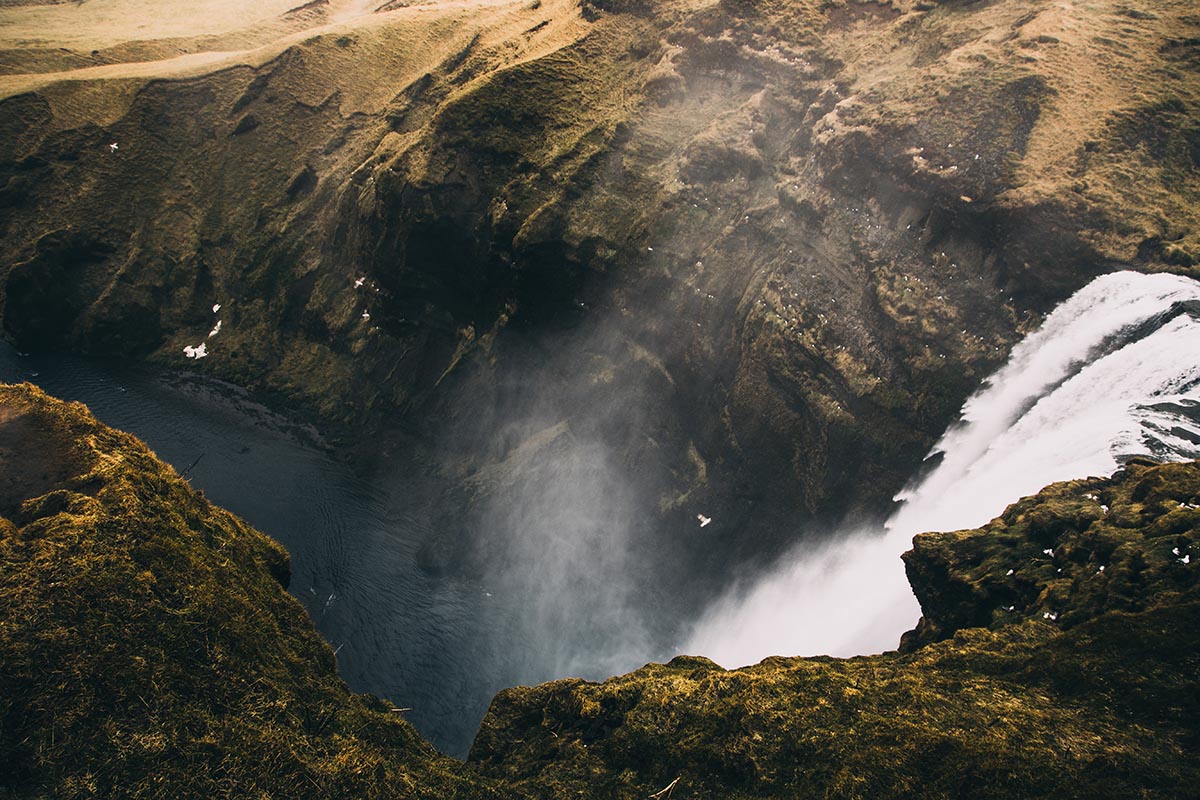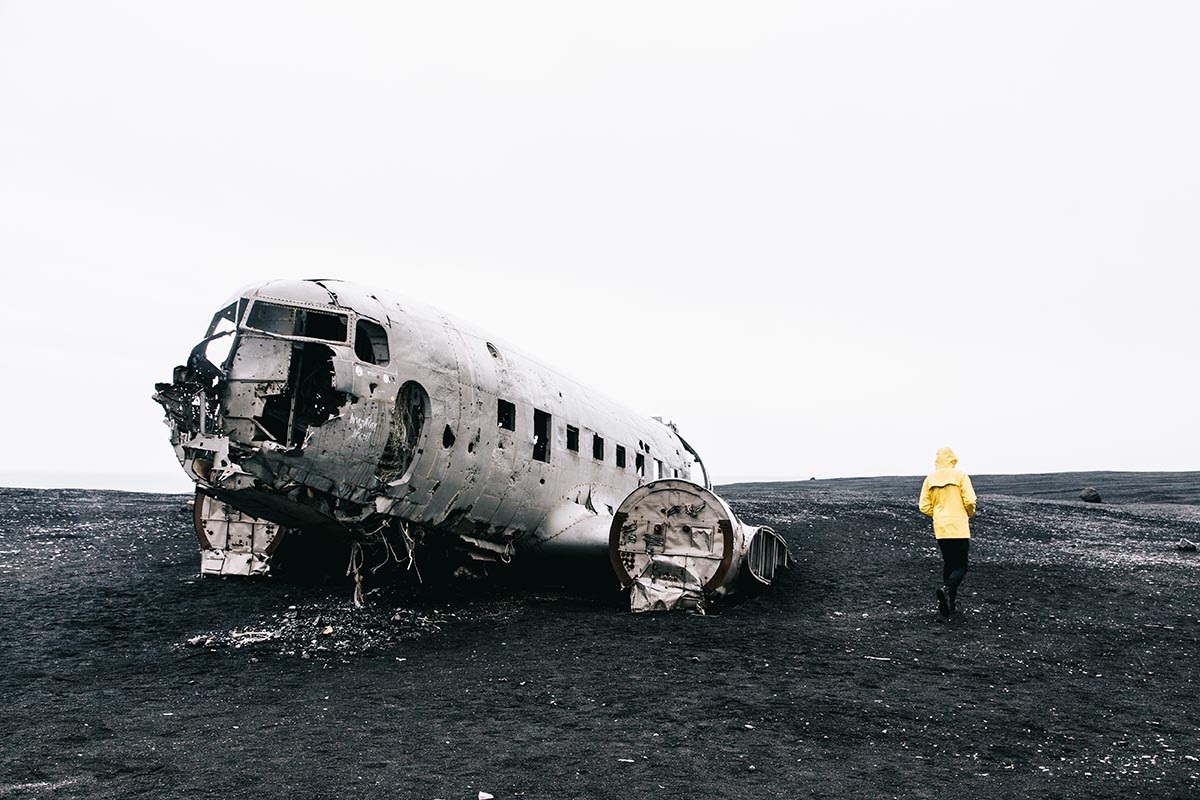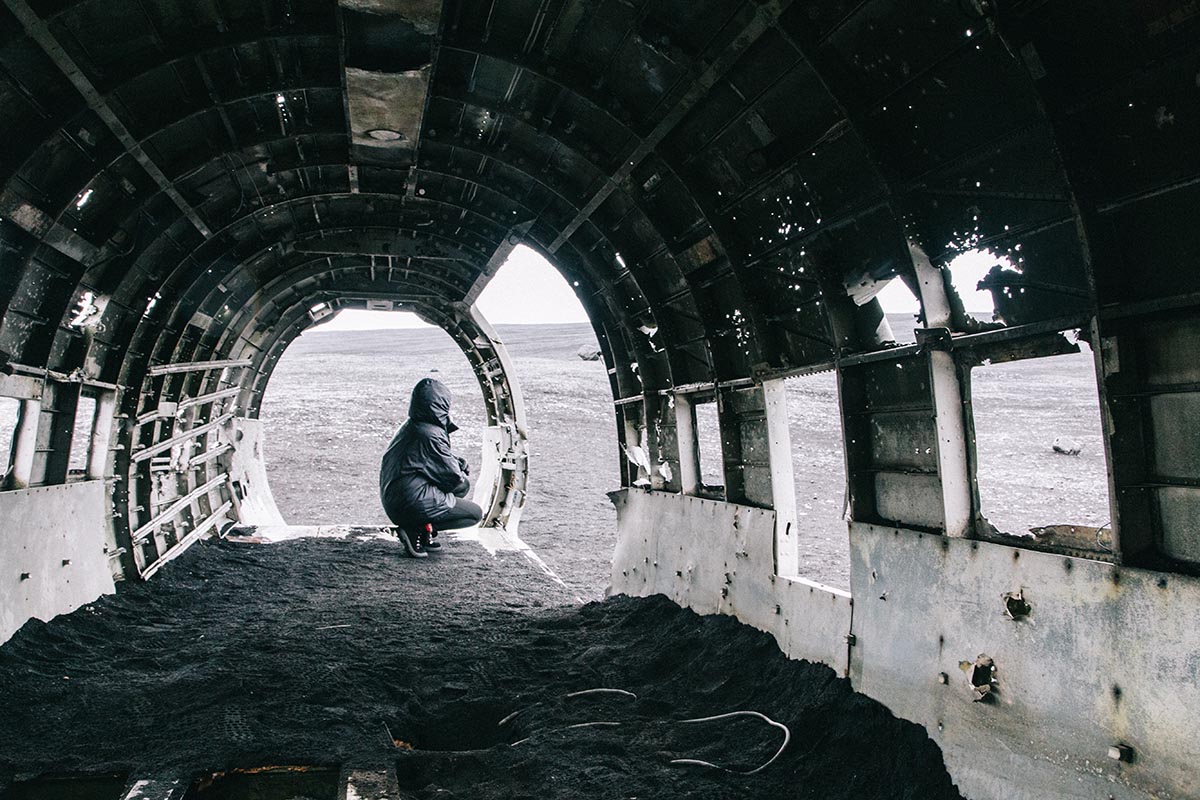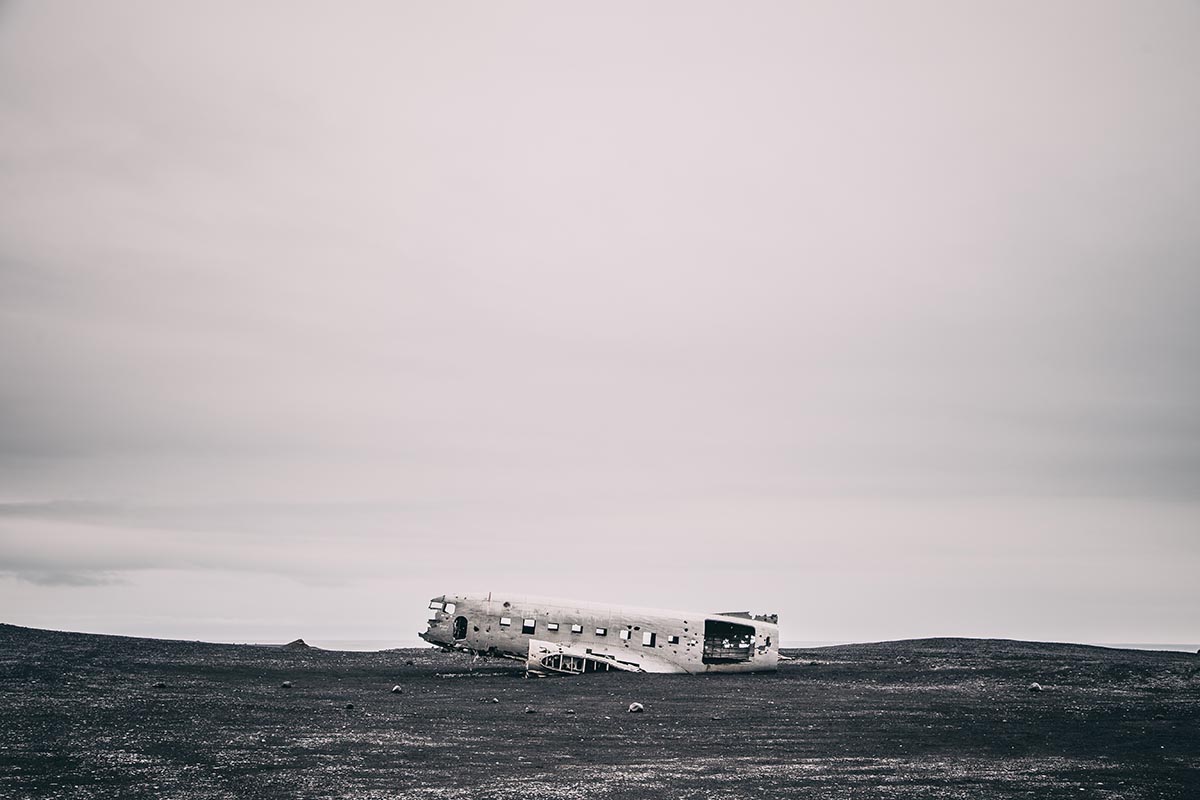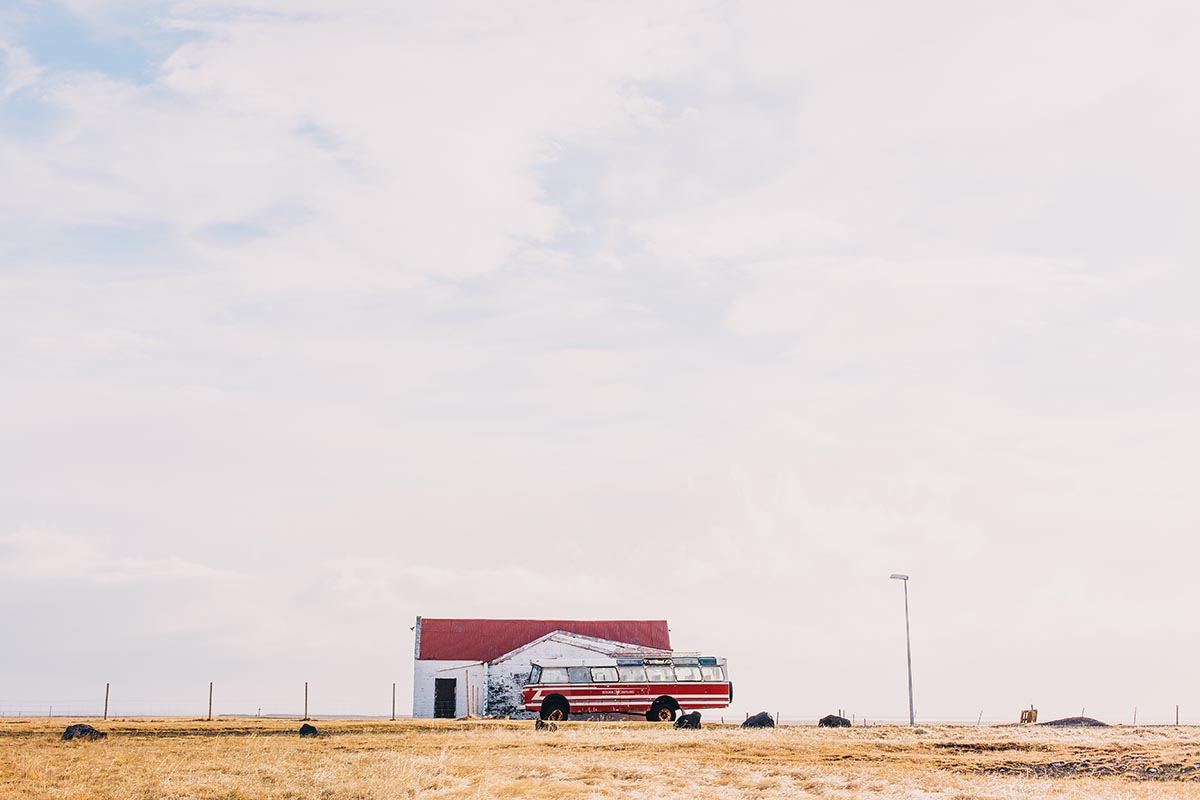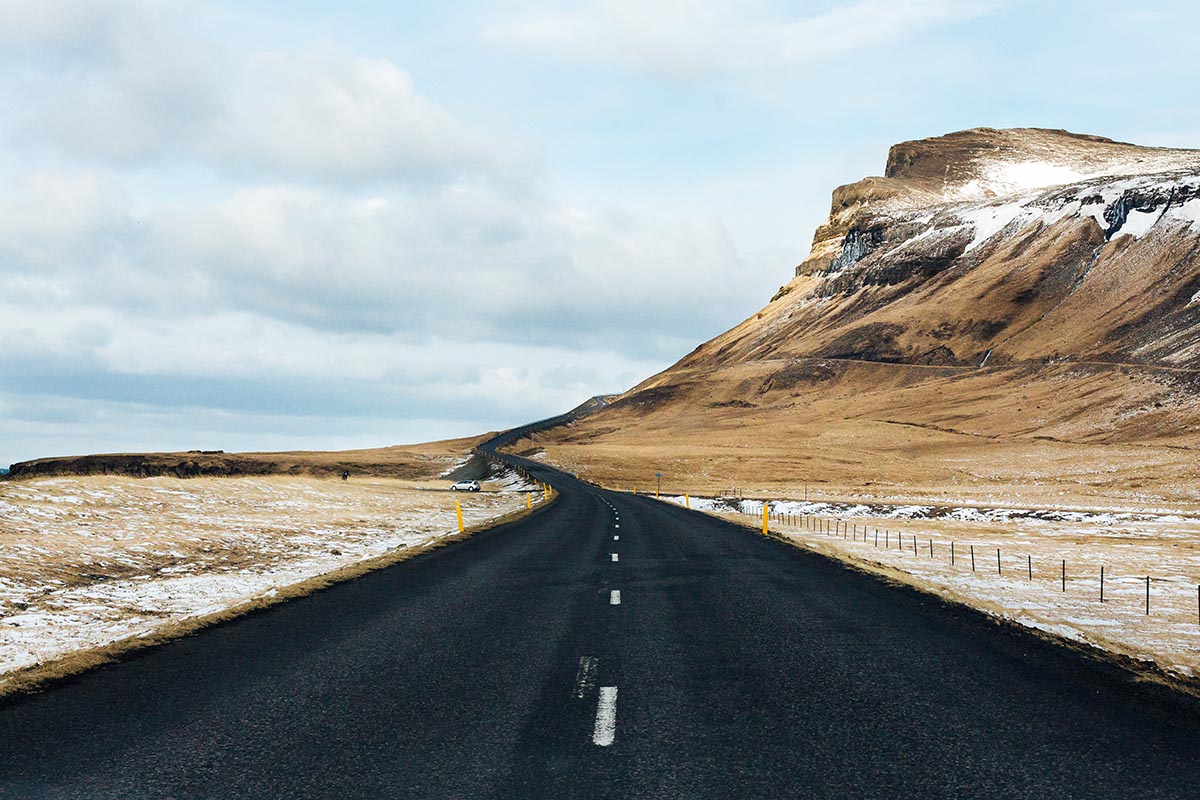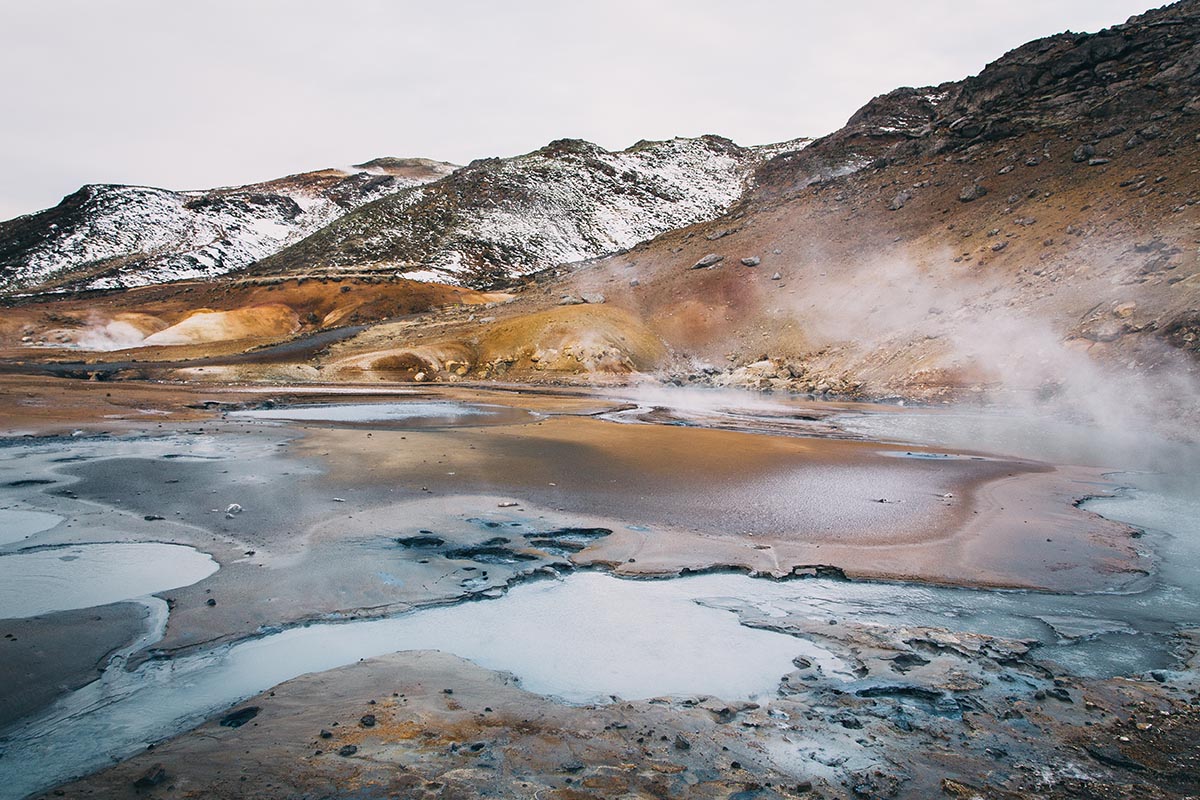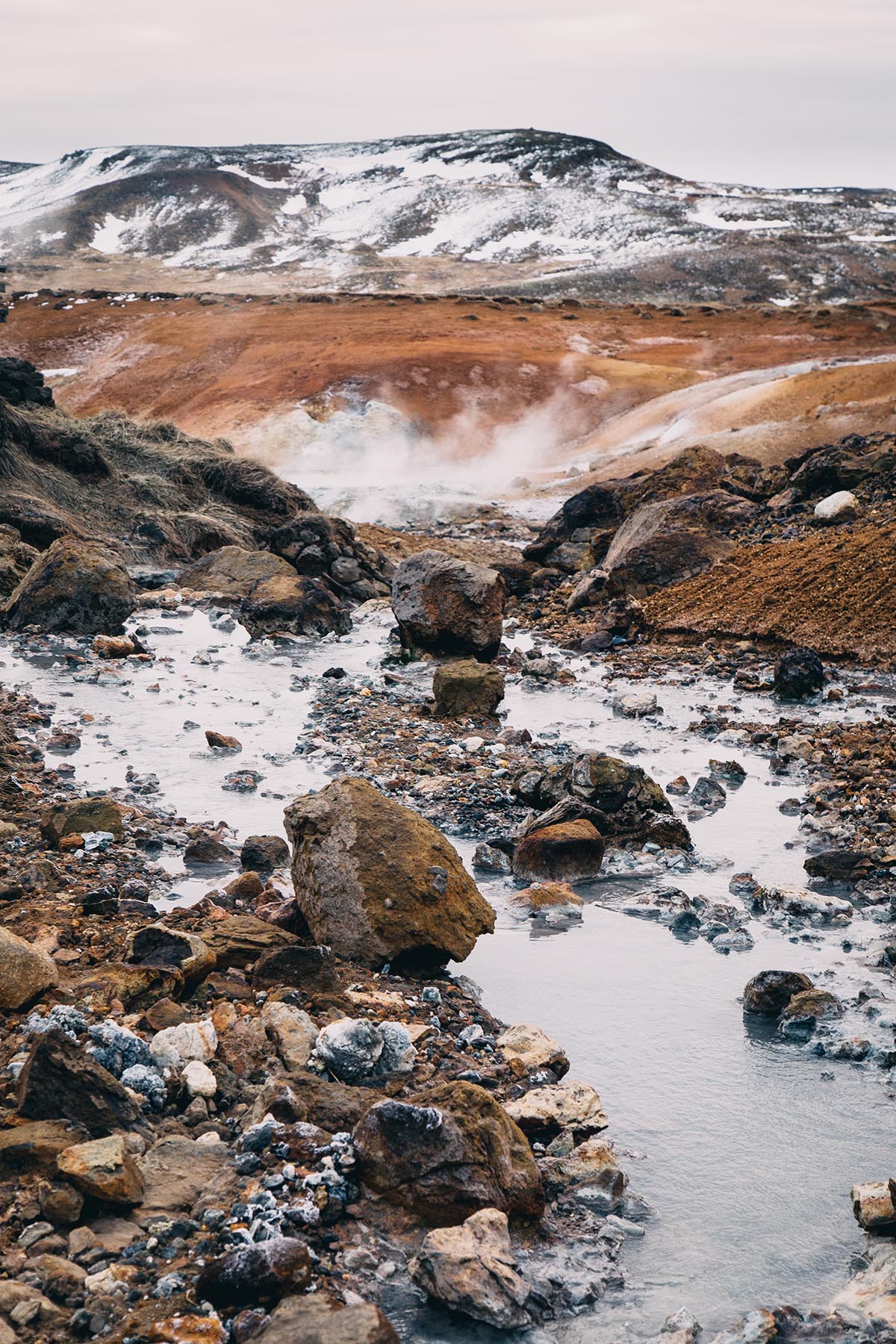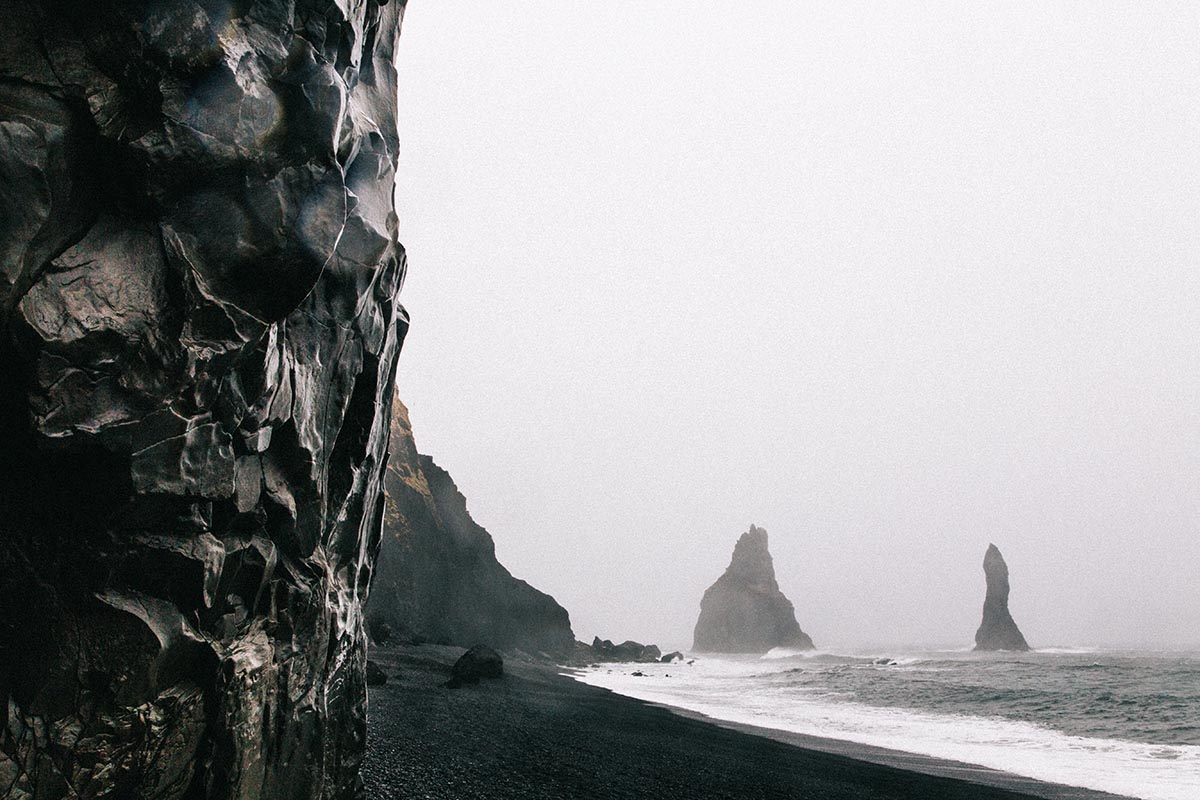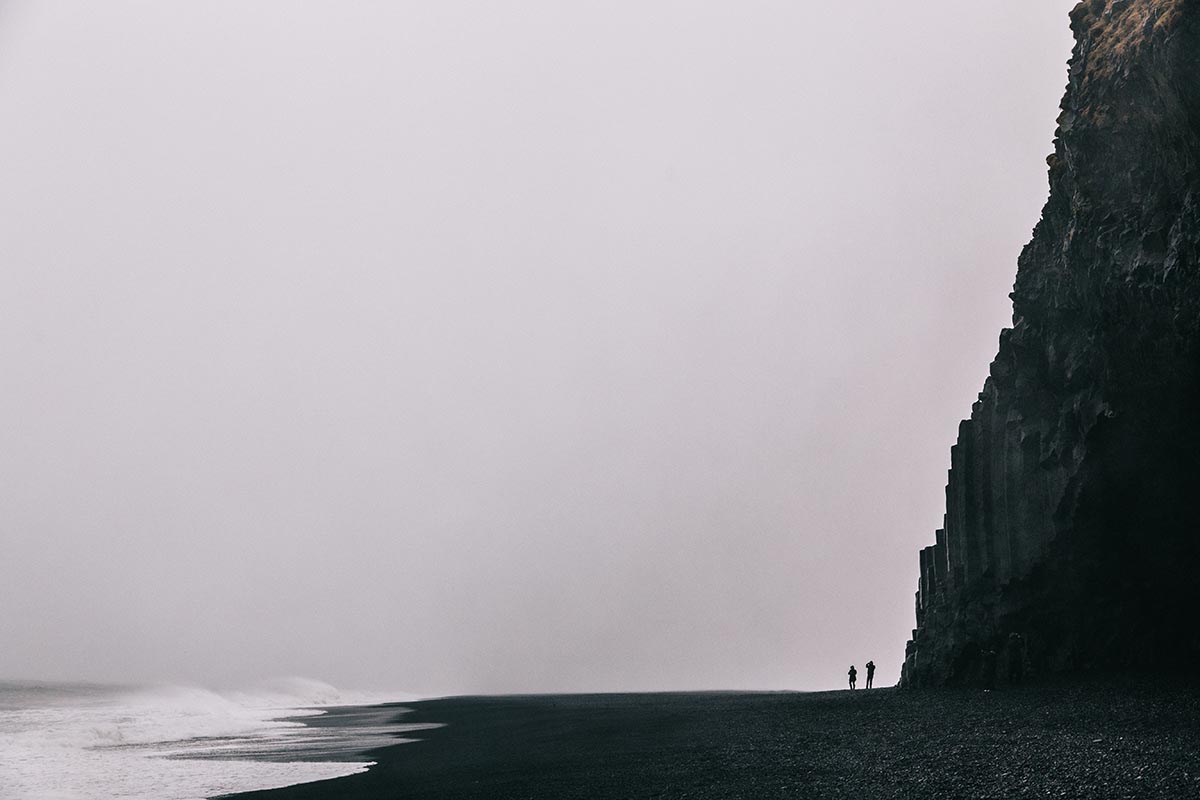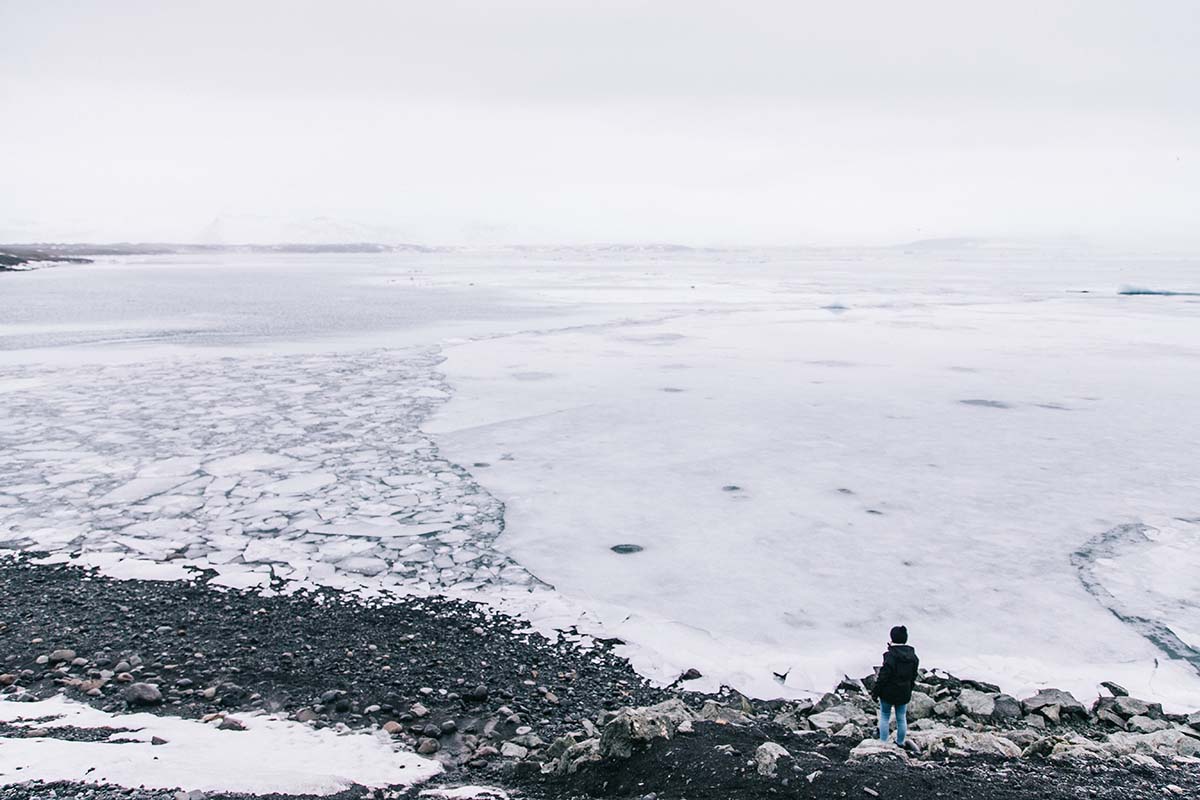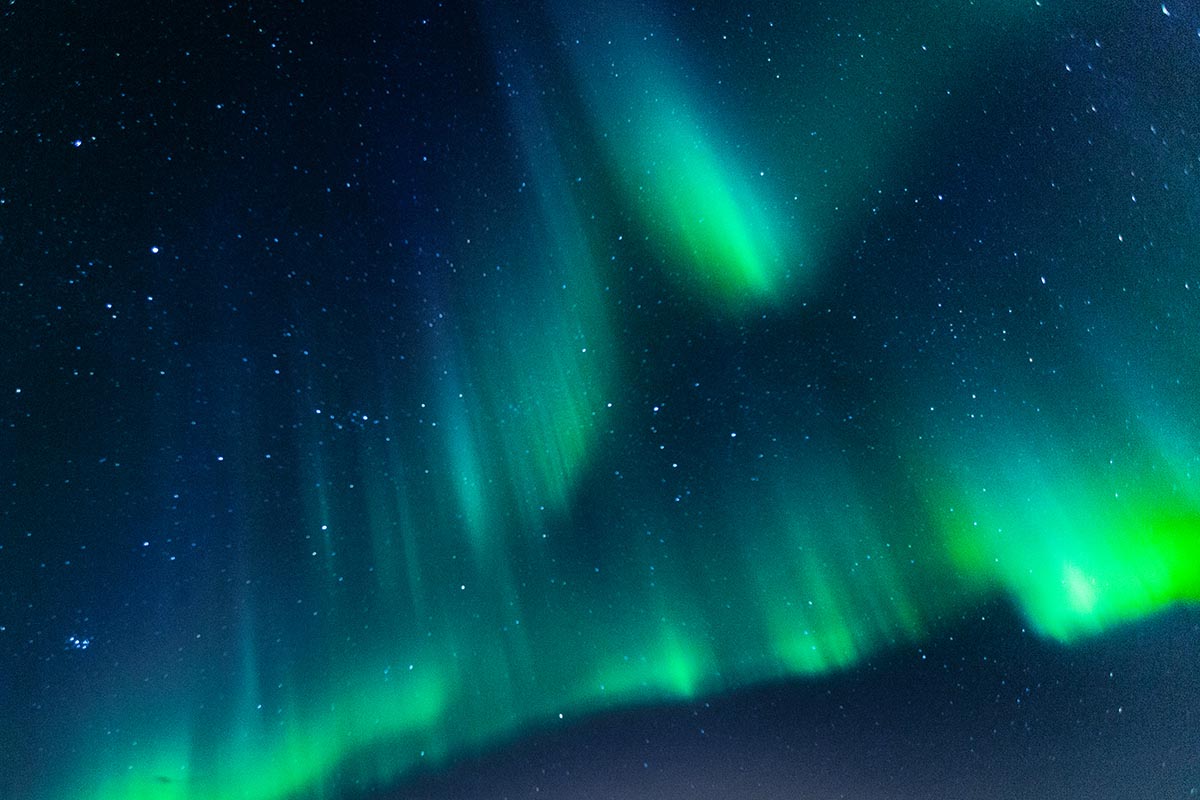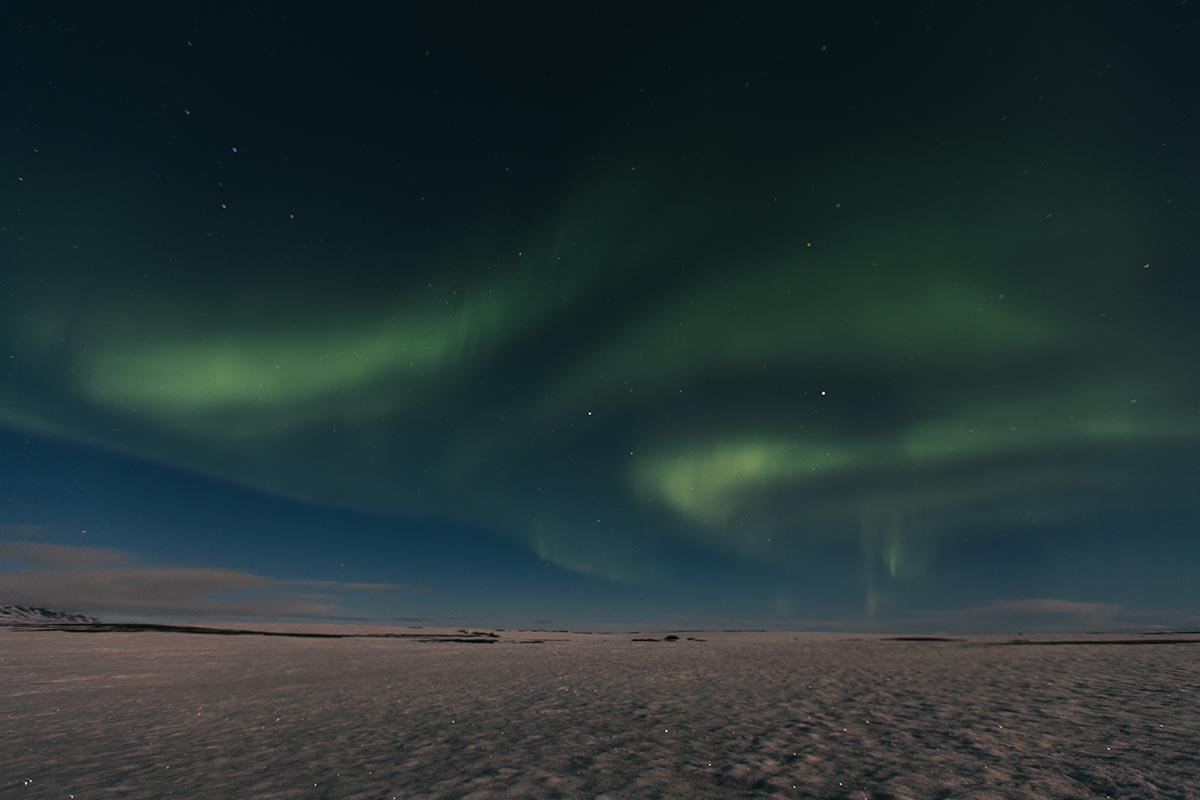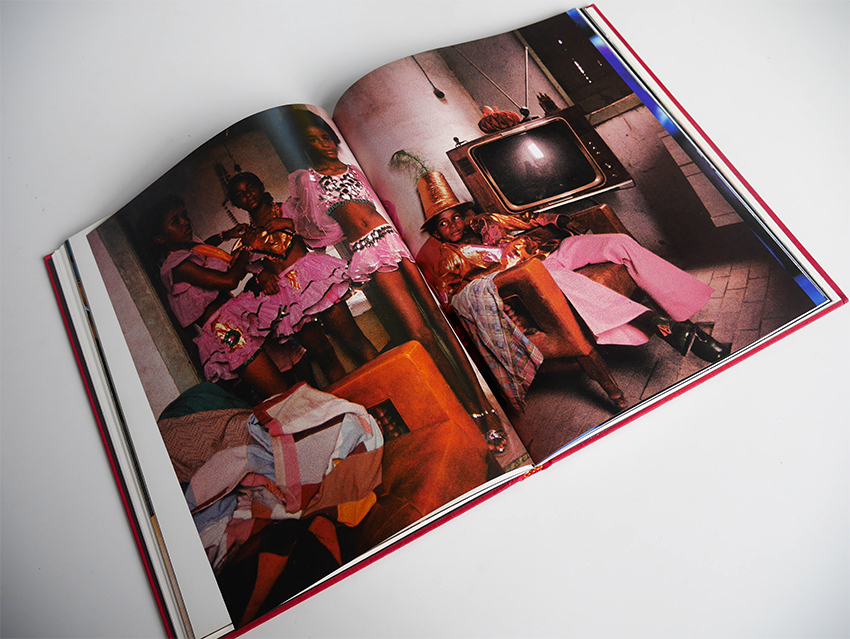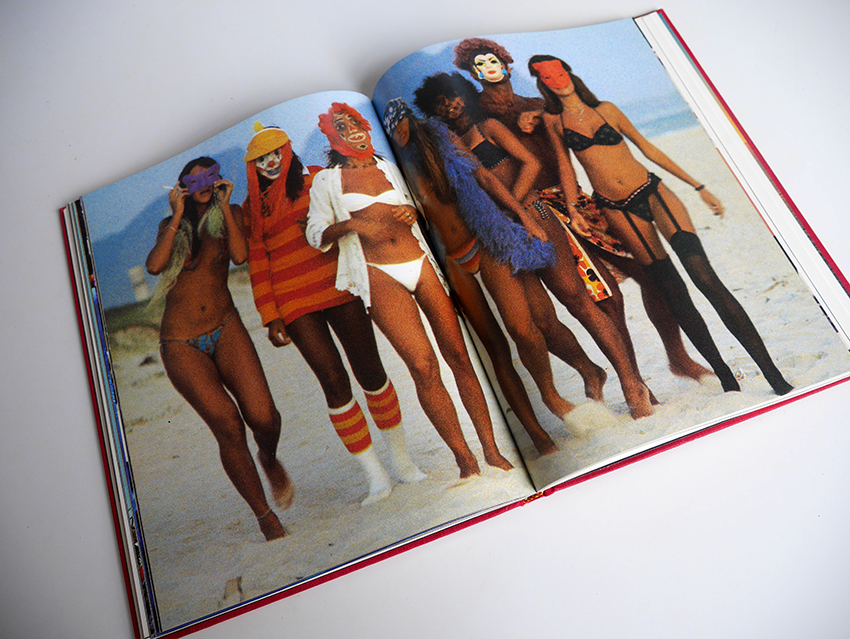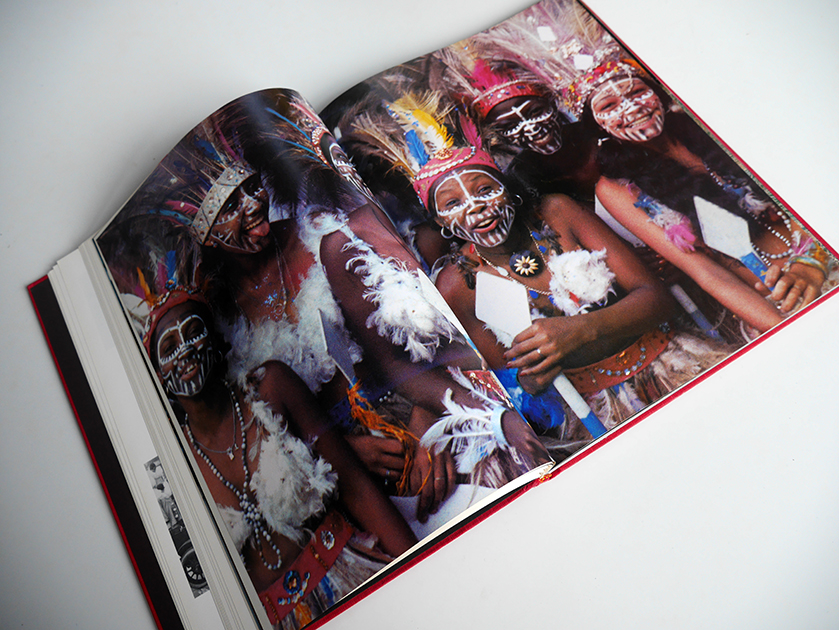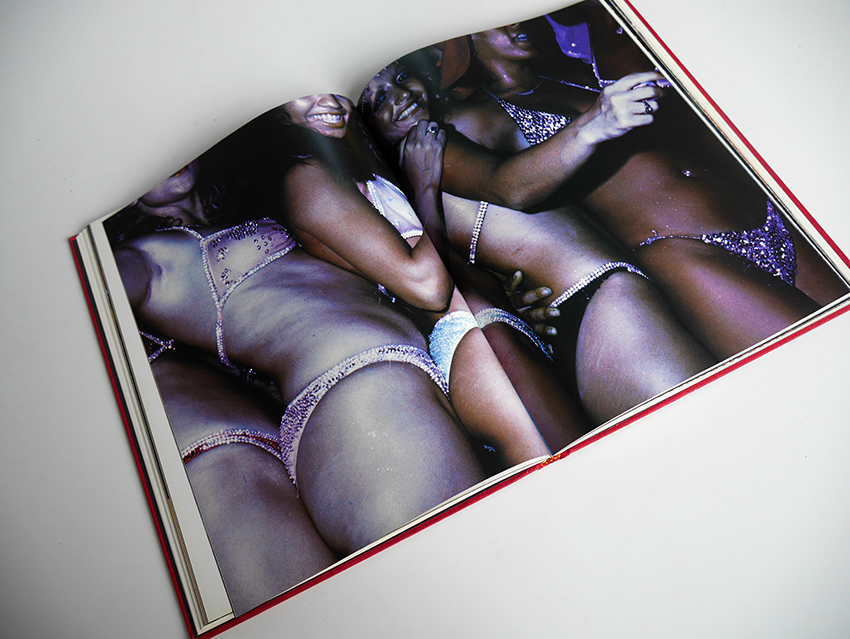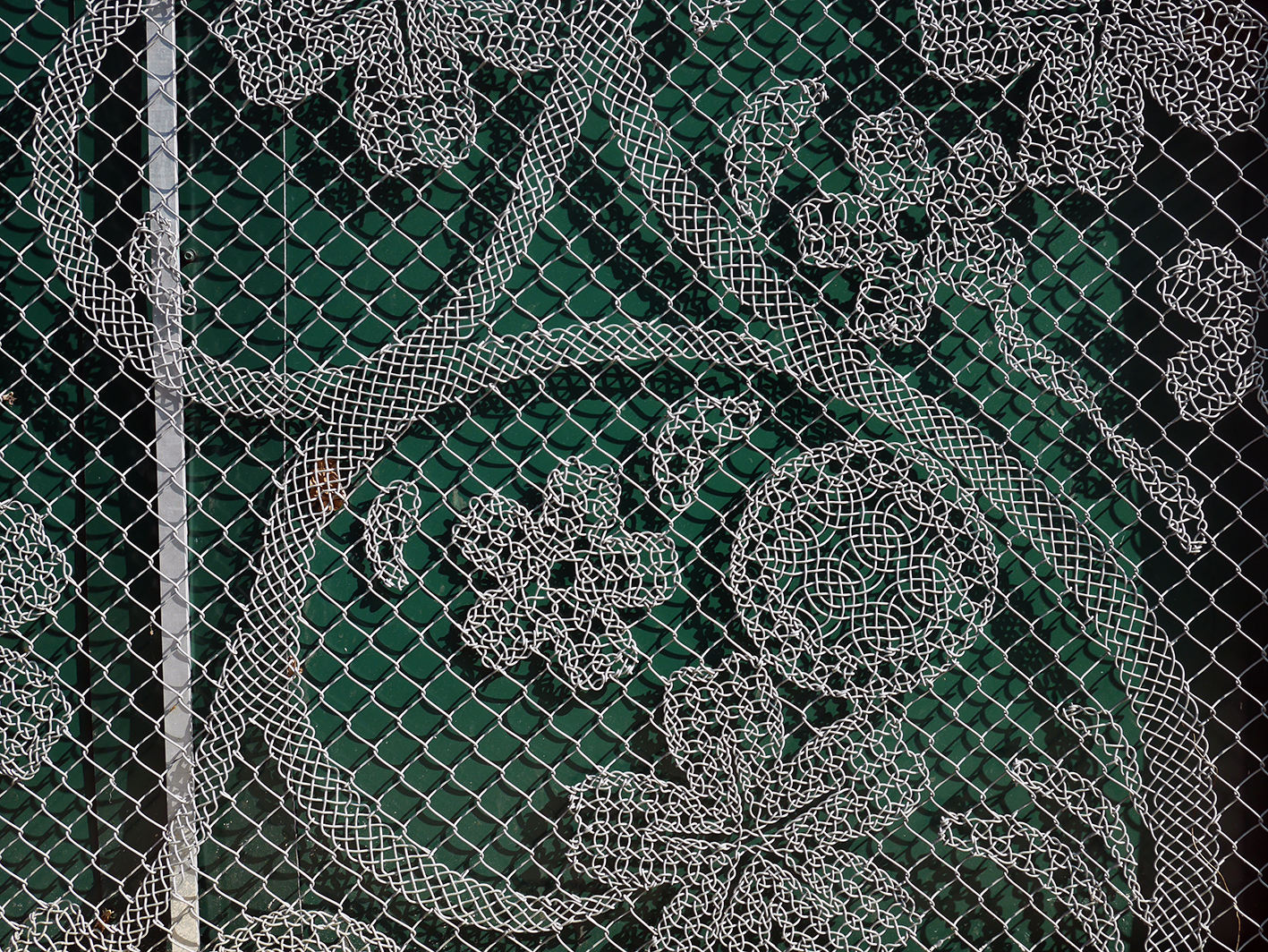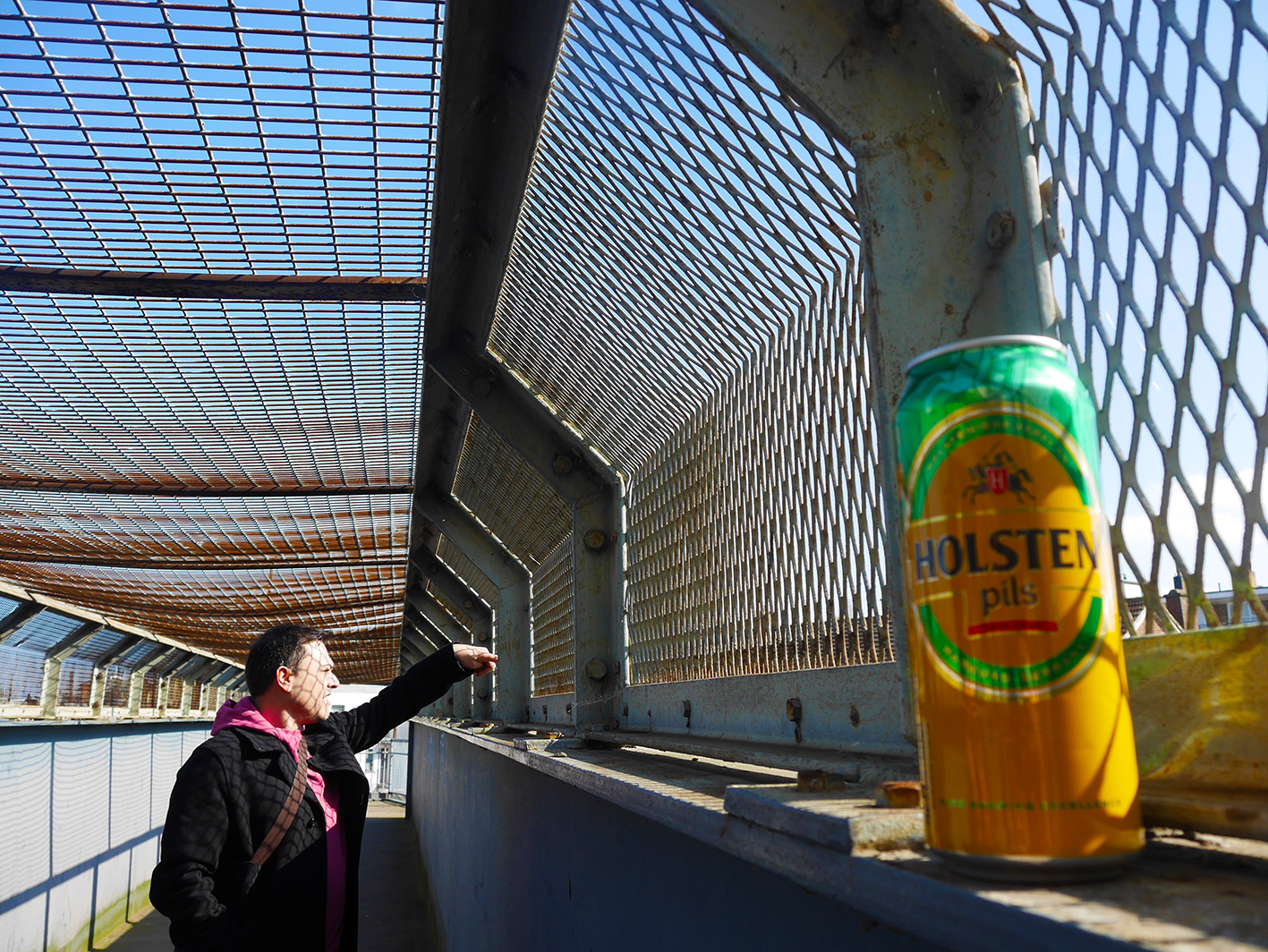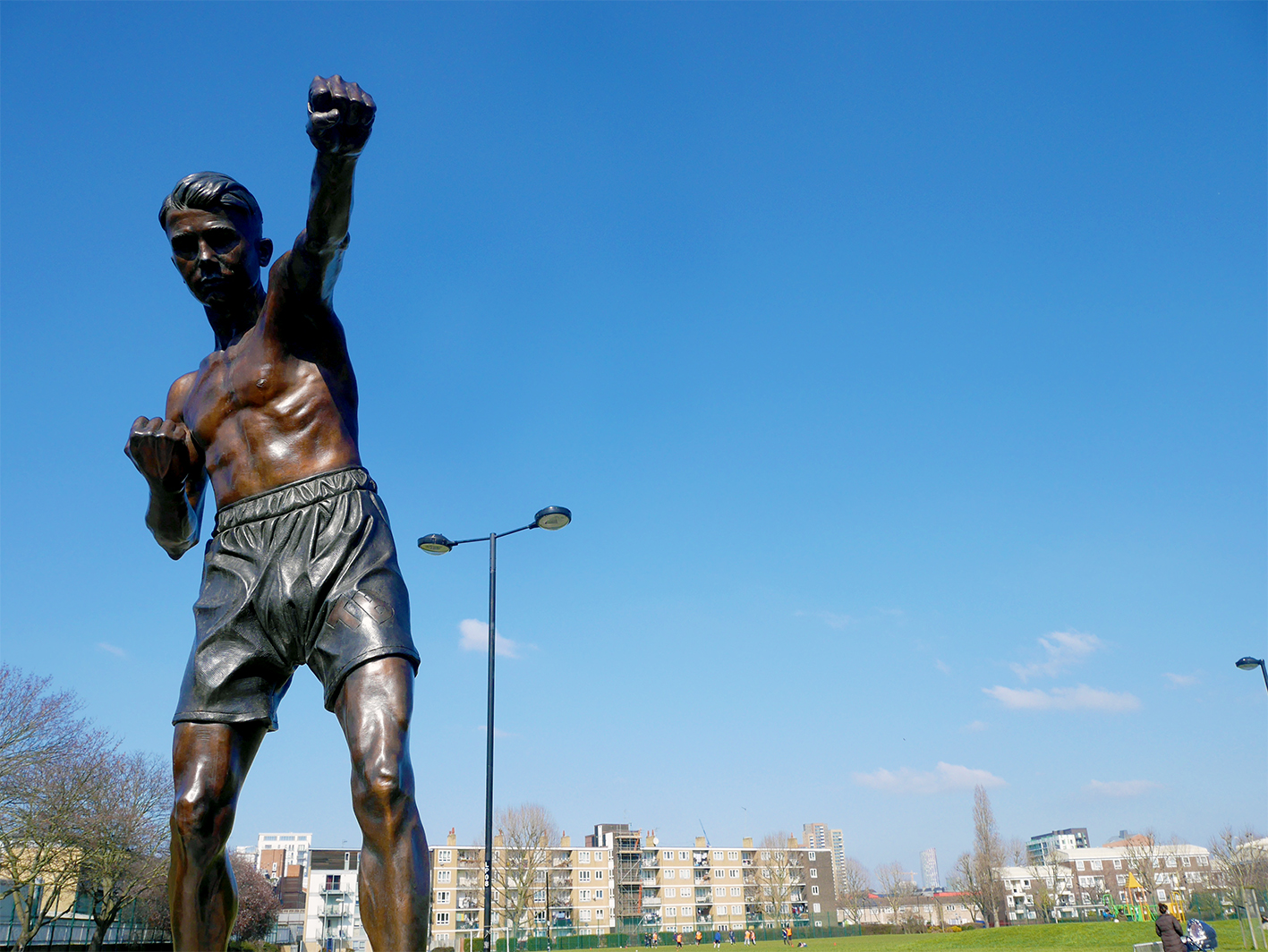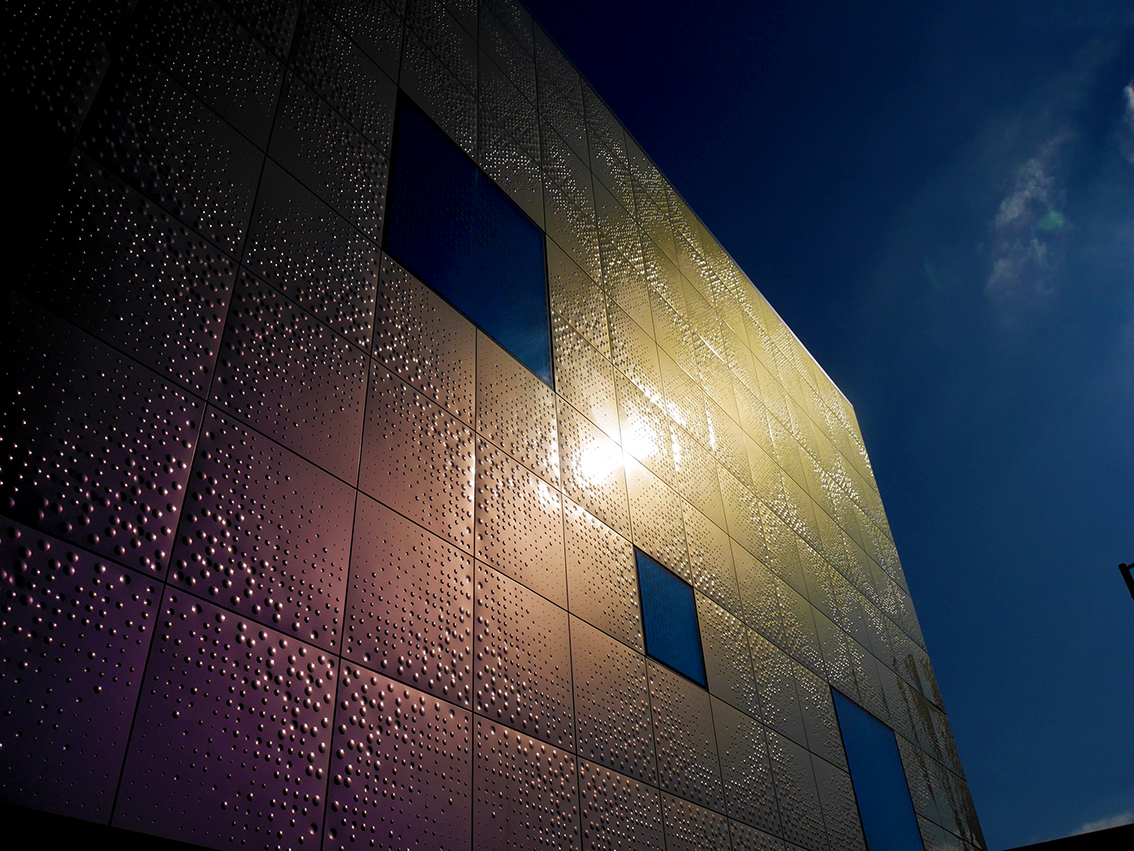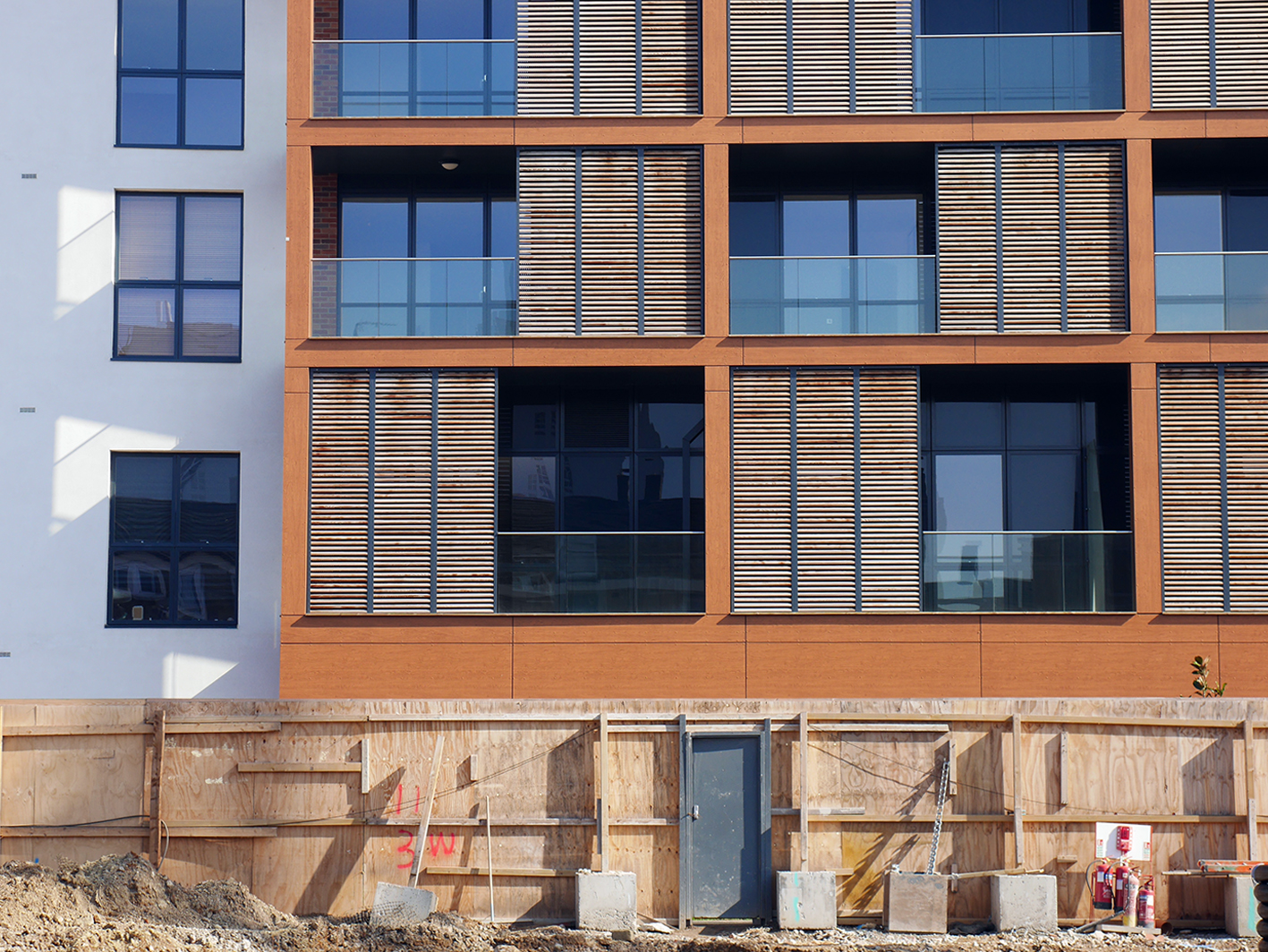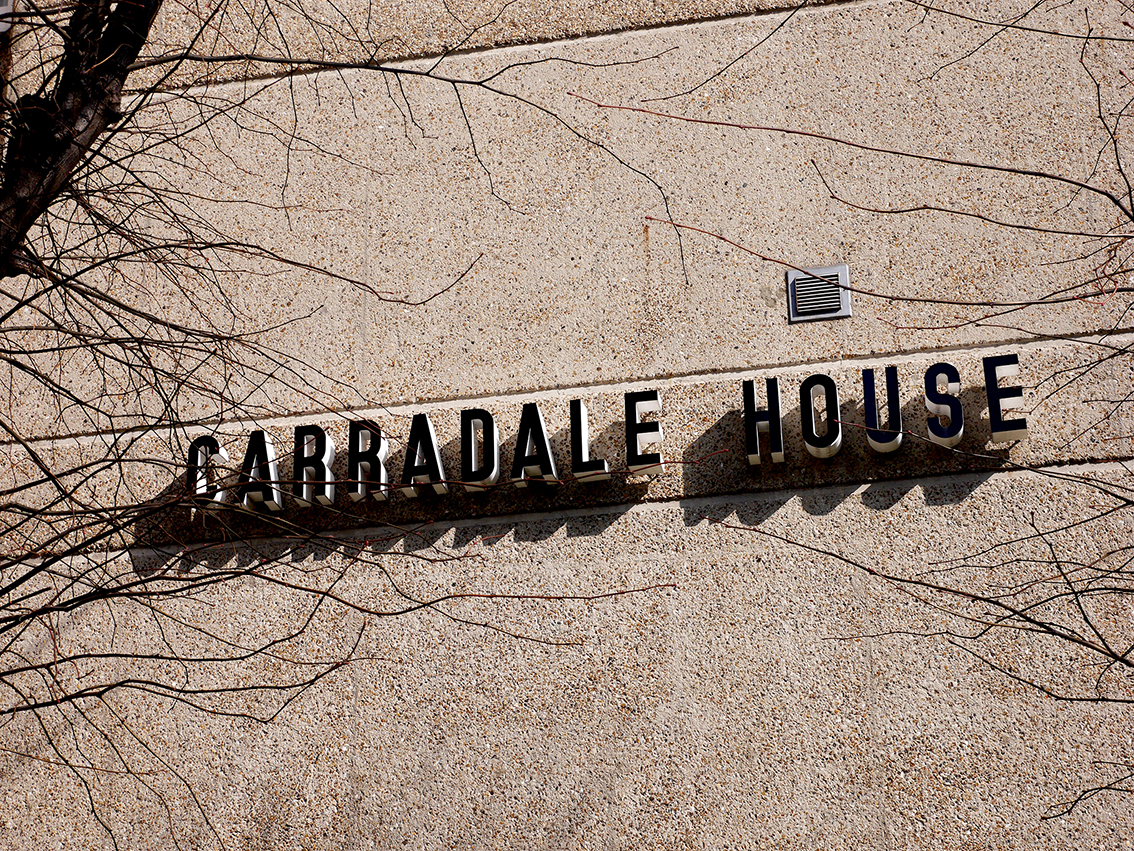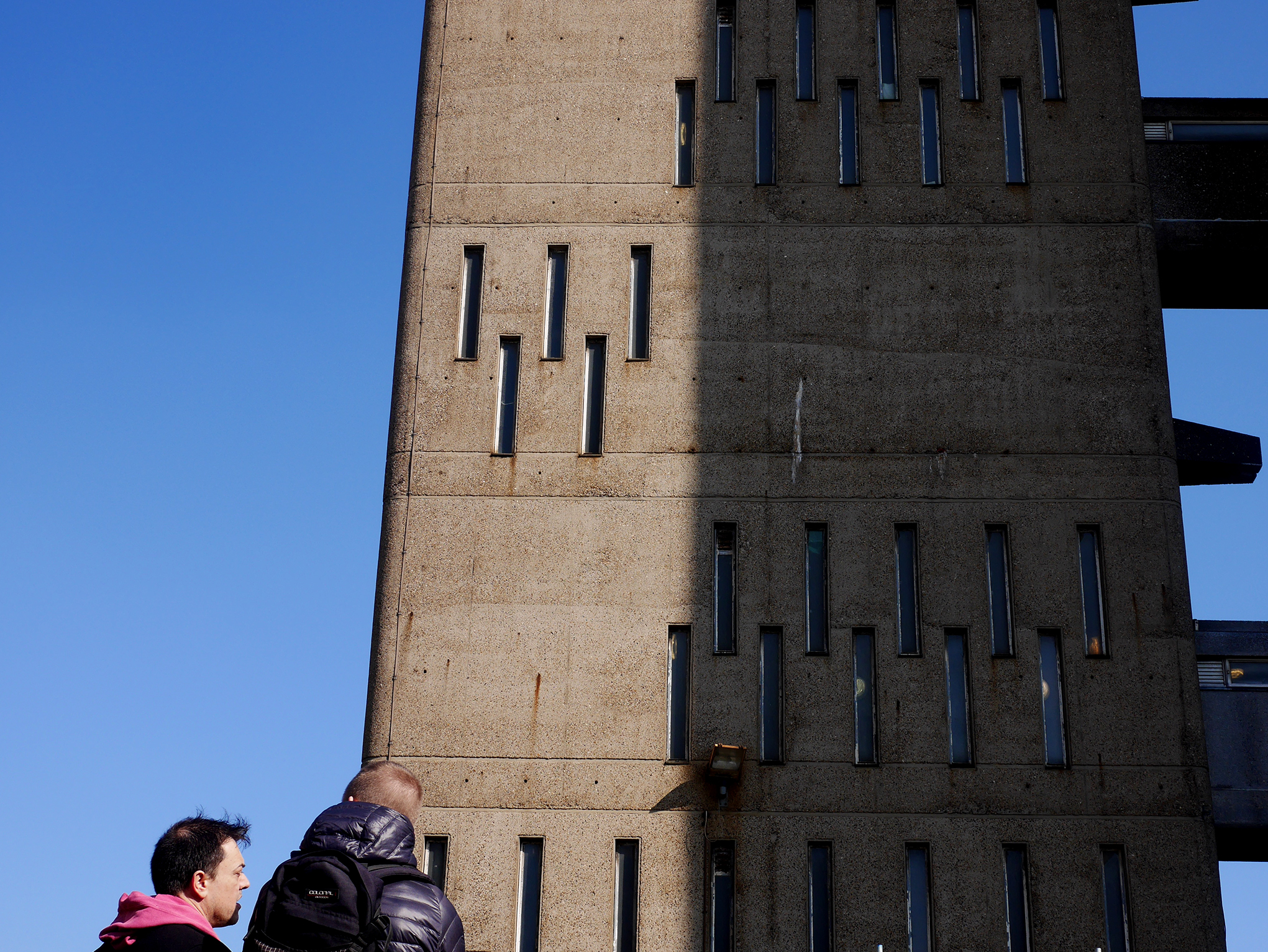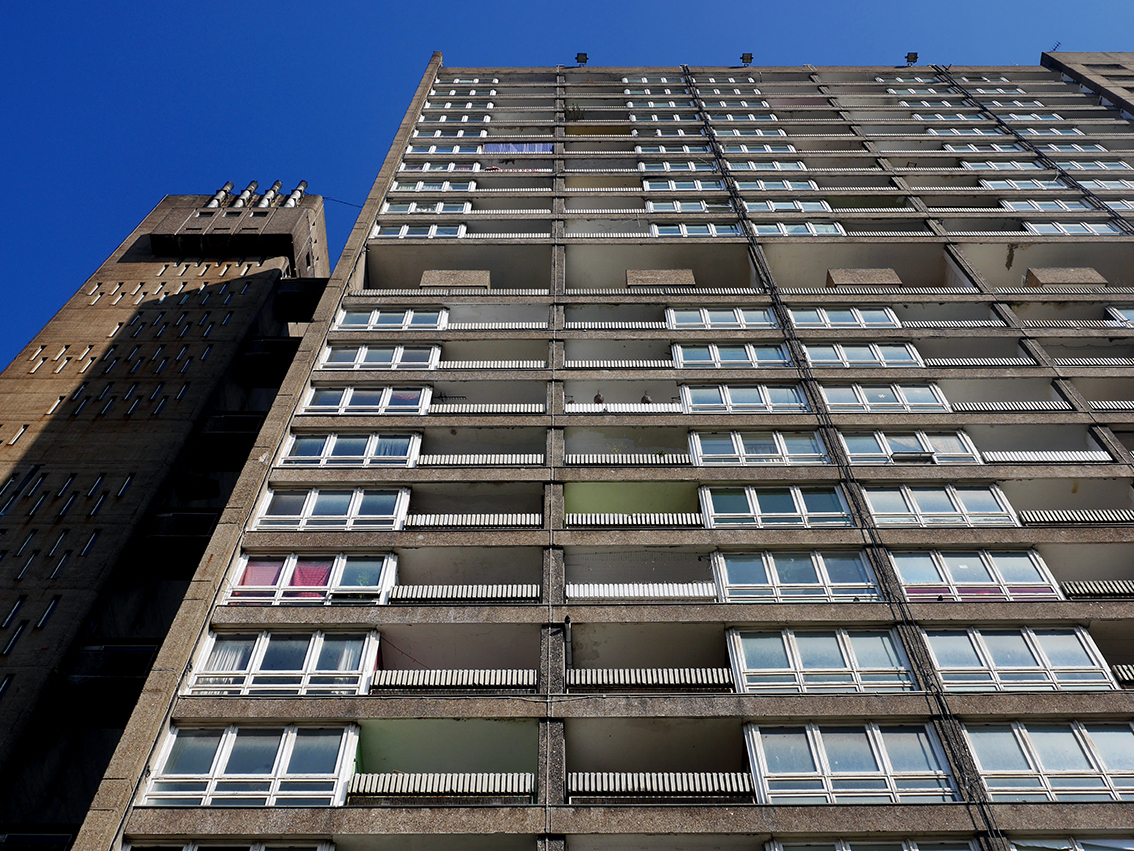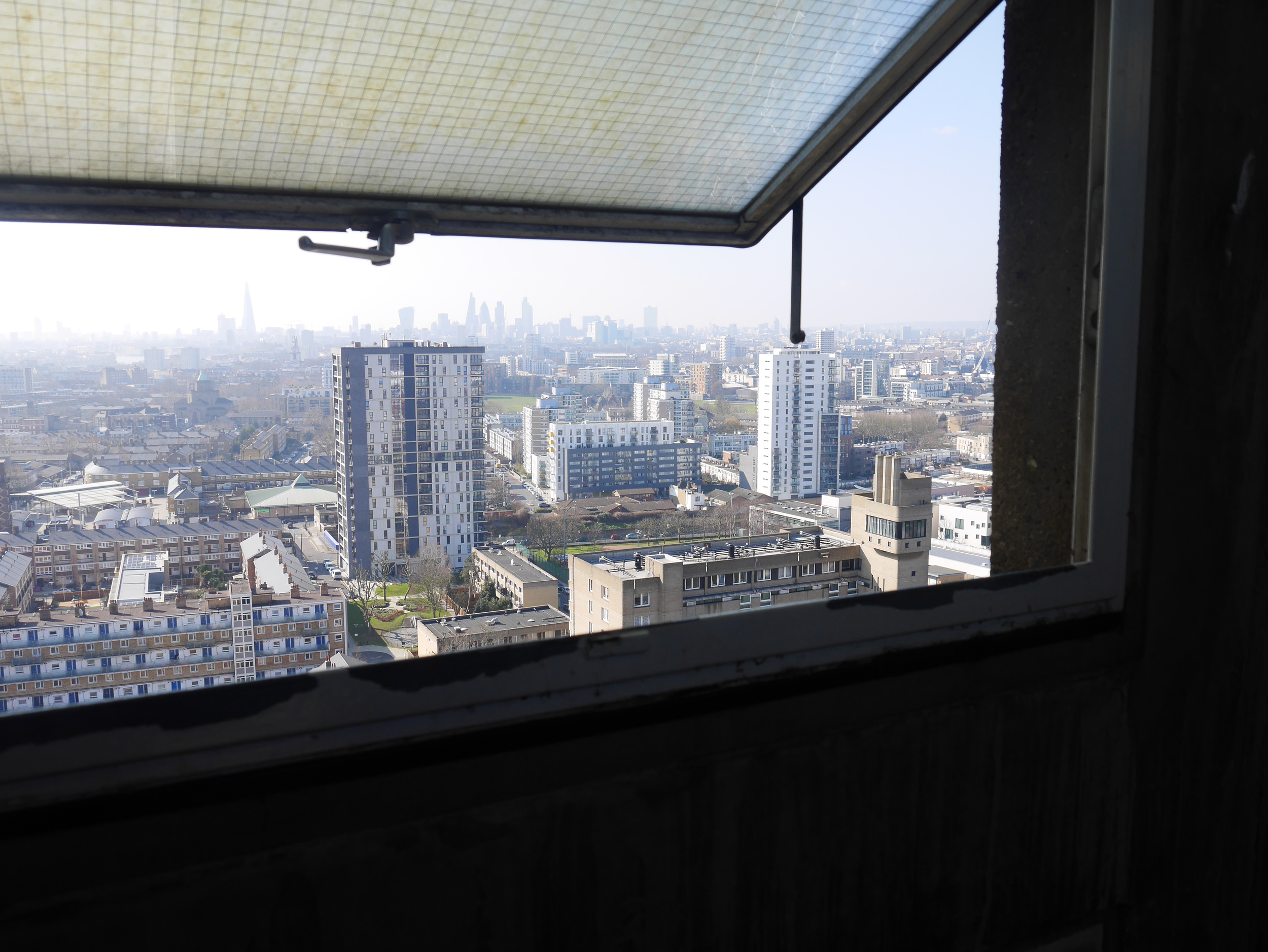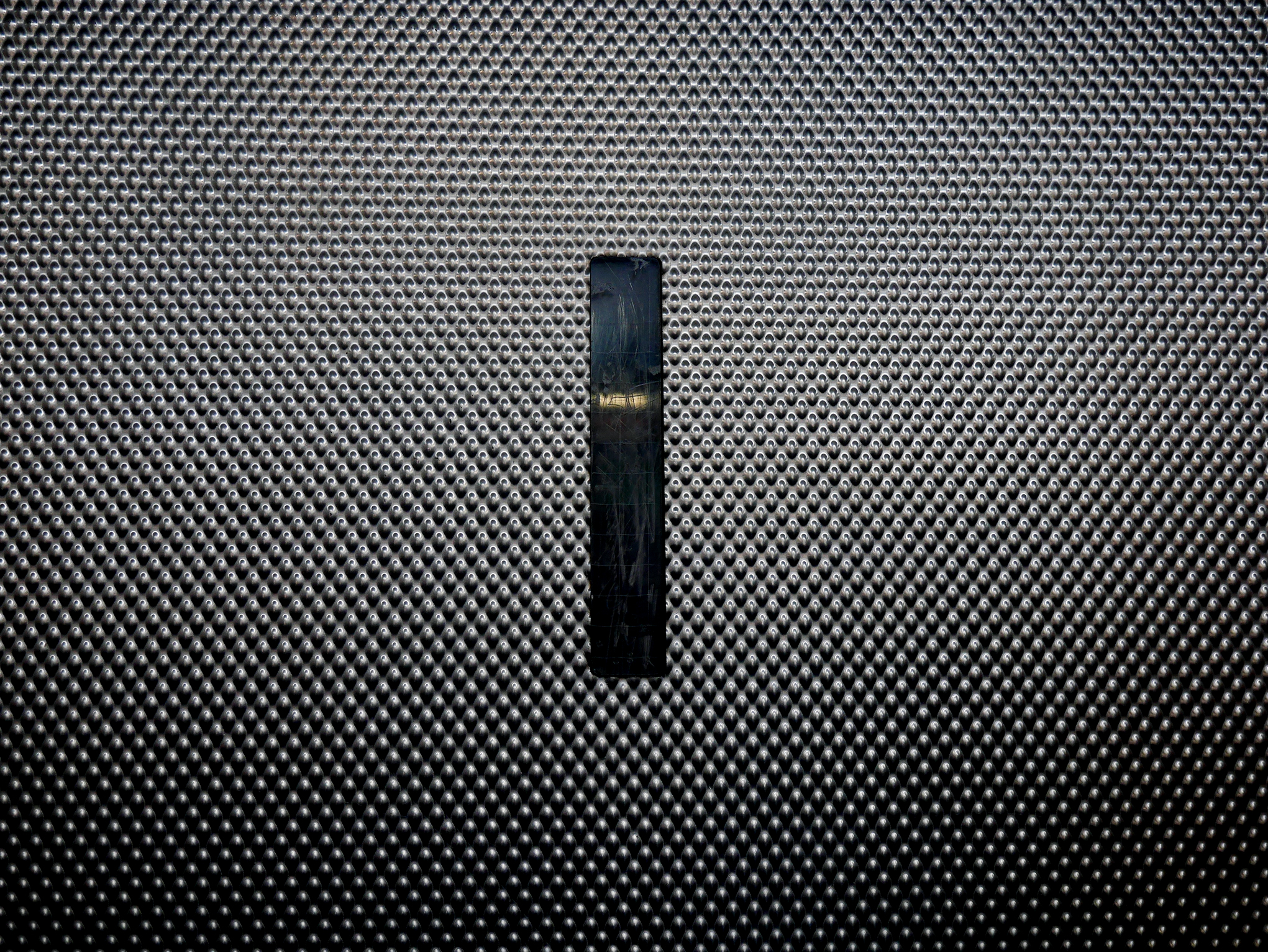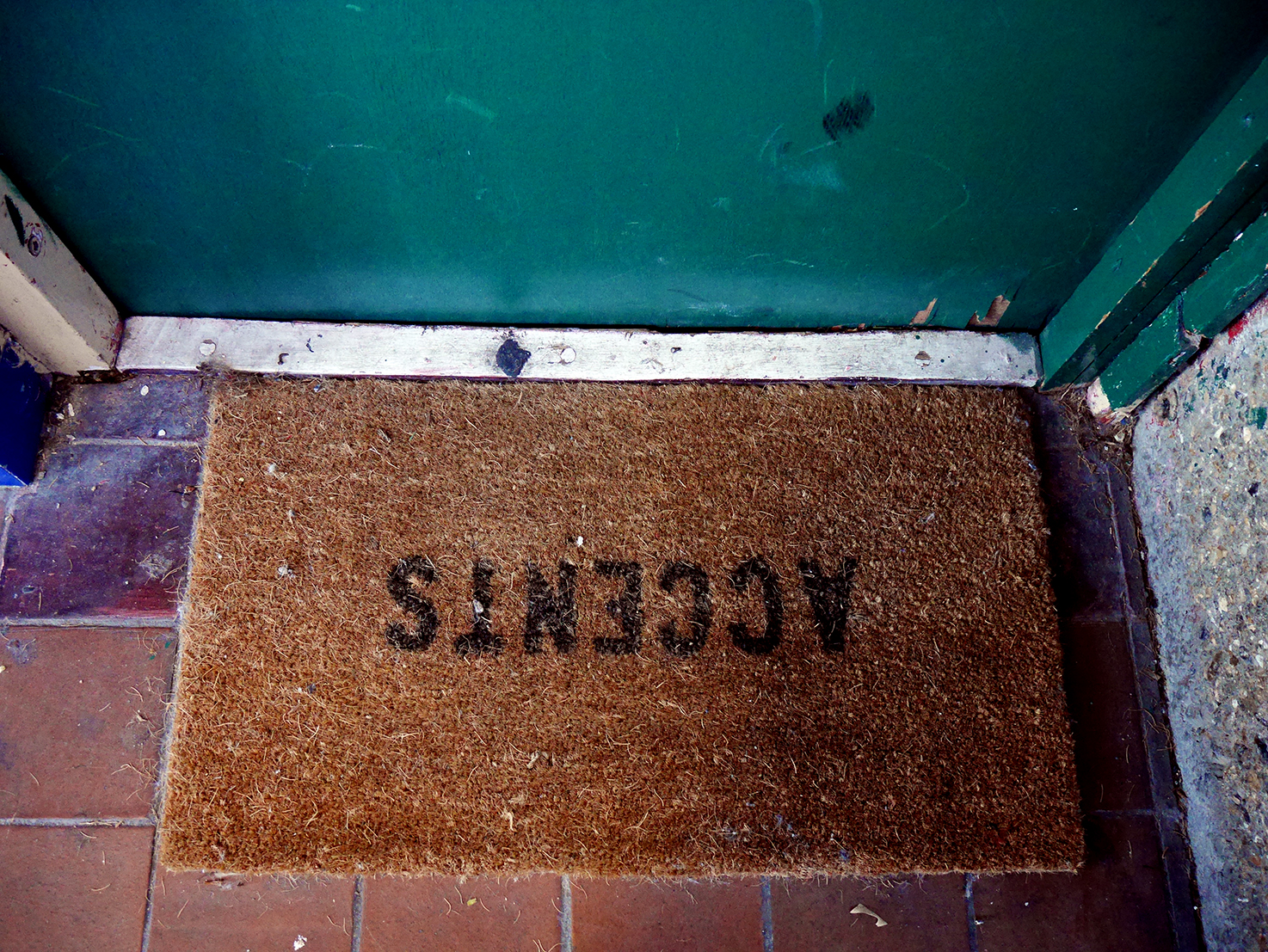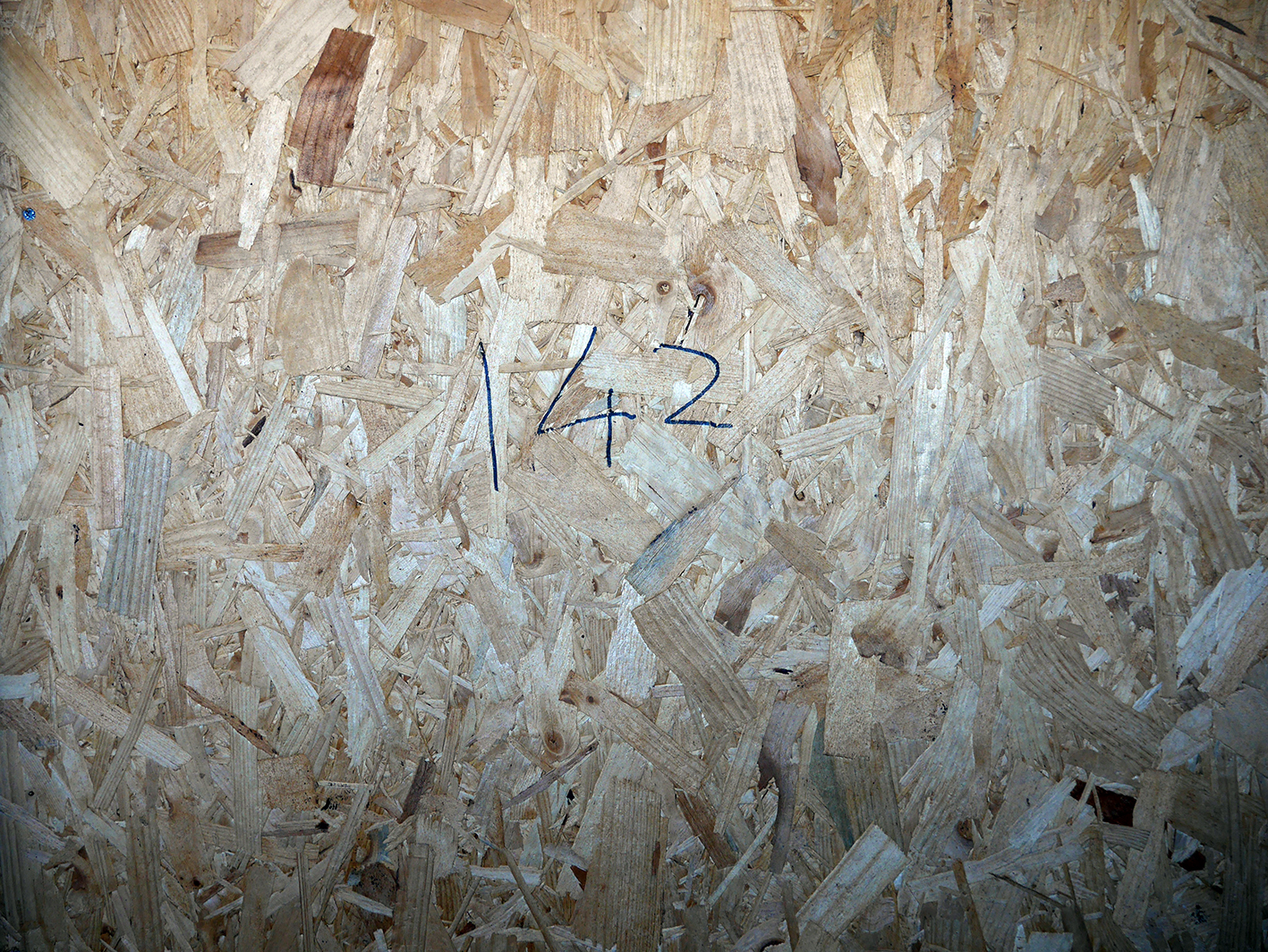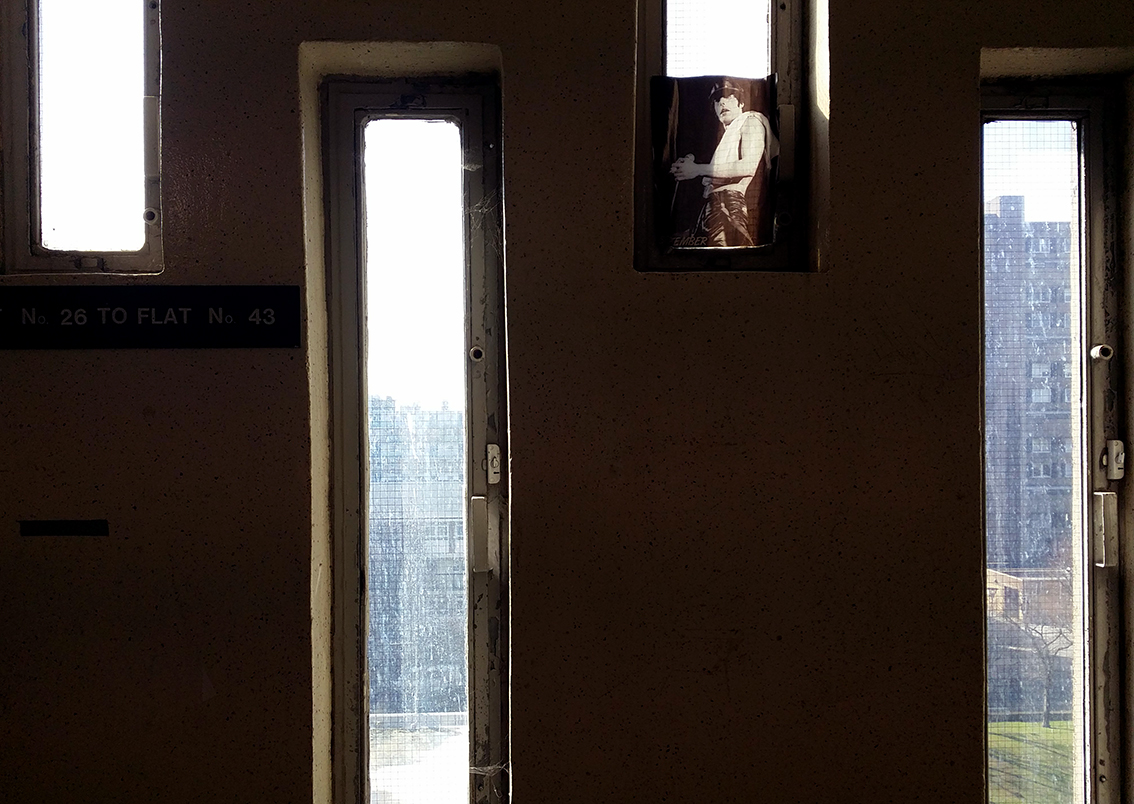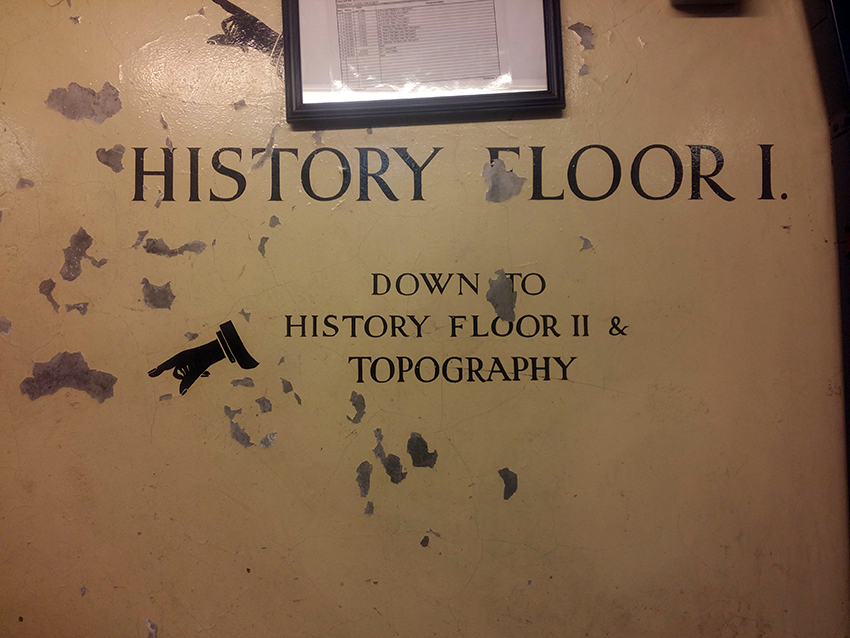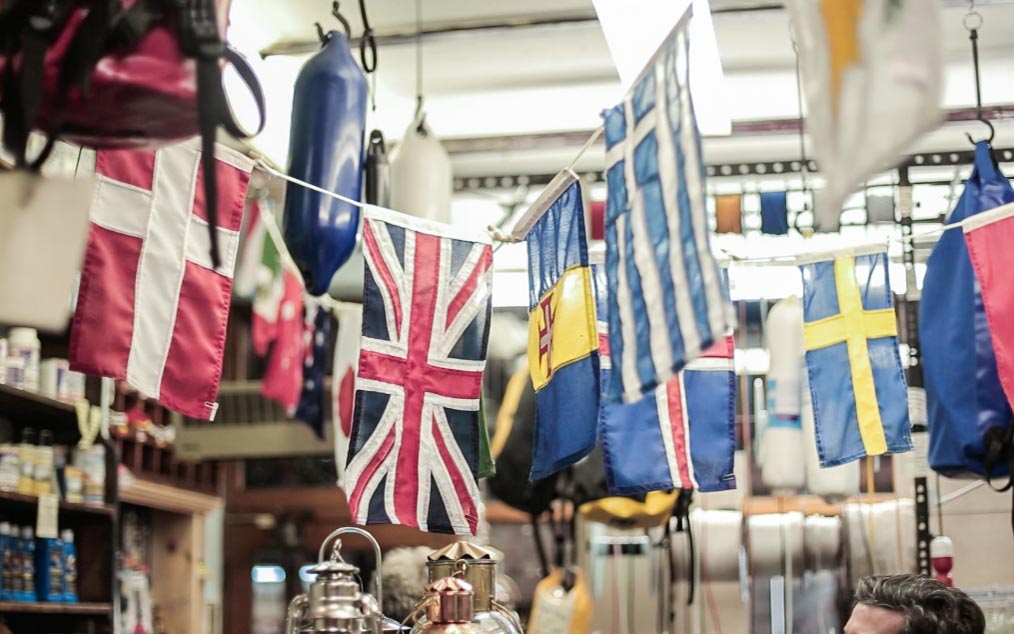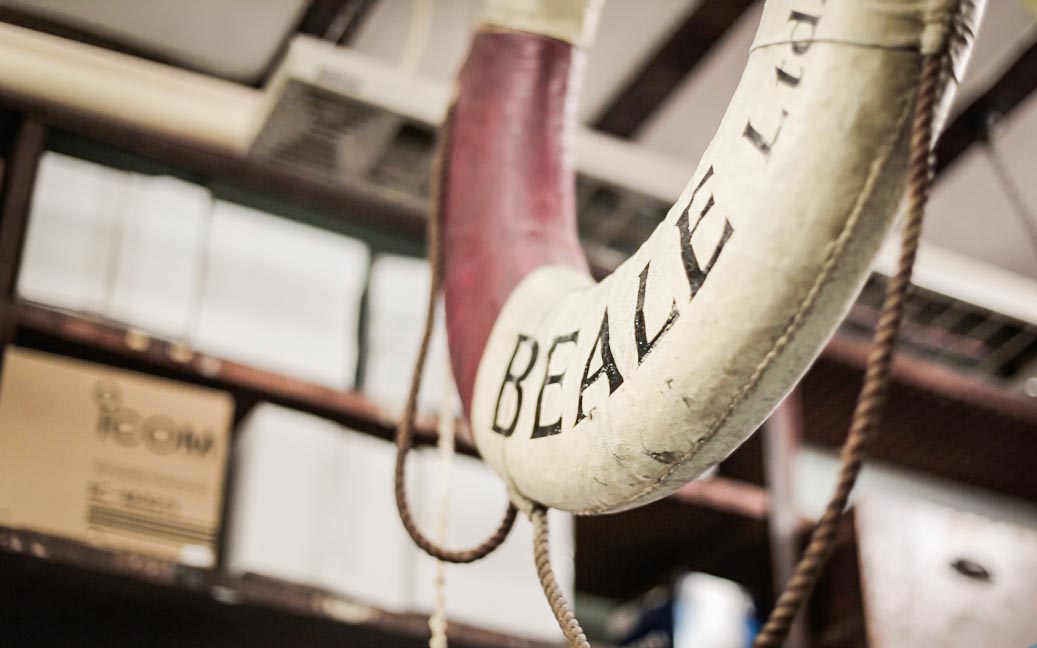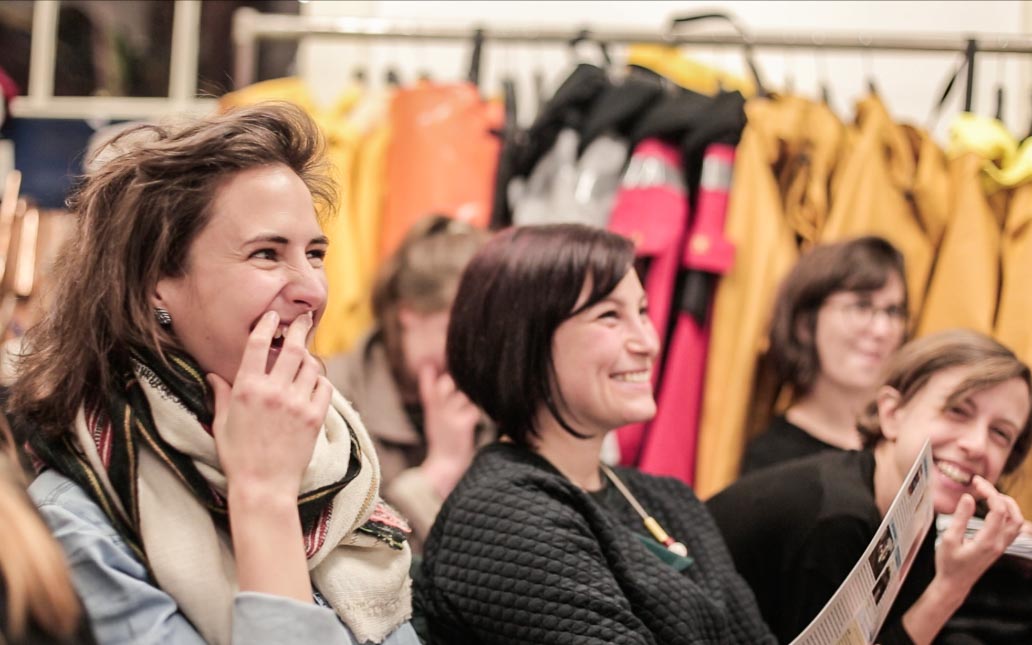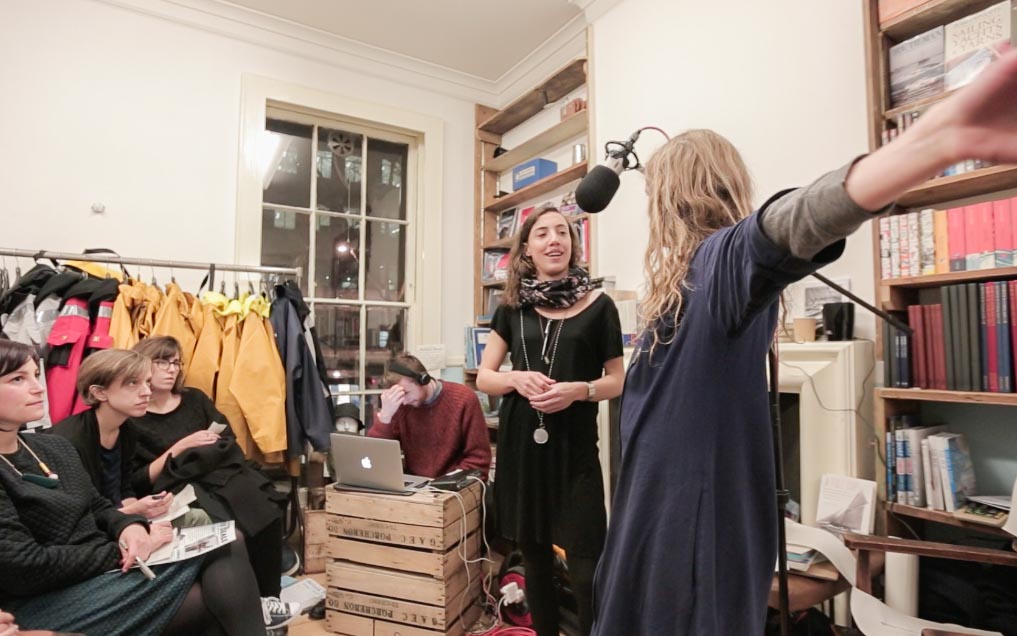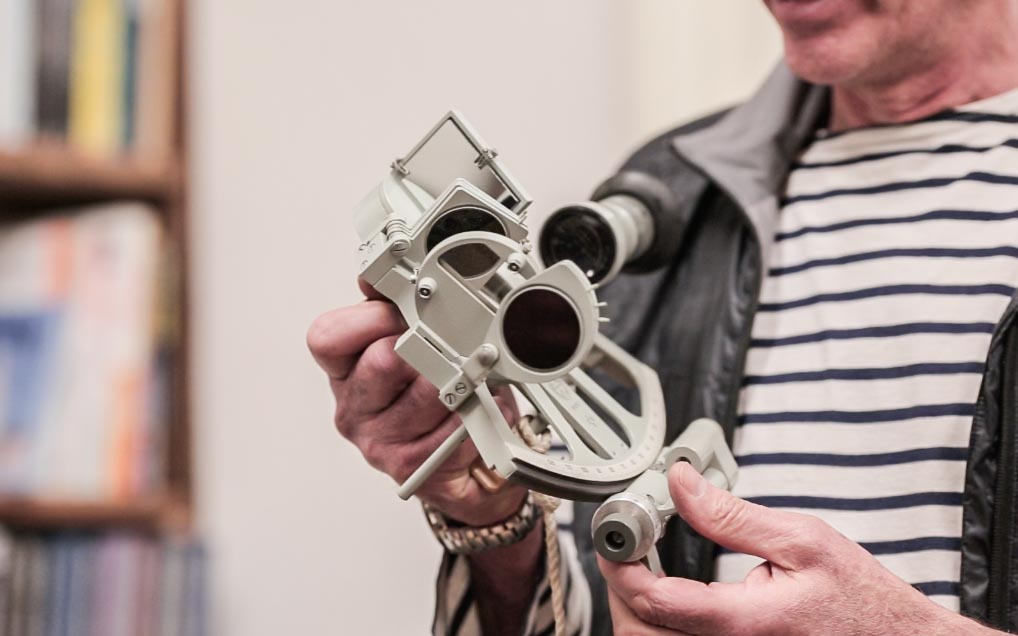Feeling at home anywhere yet belonging in no one place in particular is part of the No Fixed Abode vibe, but Brexit had us all at sea. We're still not sure whether to up sticks and leave the country, or stay true to London where we can travel the world within one postcode. No Fixed Abode regular, Cristina Salvi, put down her thoughts about seeing Europe with fresh eyes ...
Following the Brexit earthquake, I found myself thinking about what being European means and how to translate my belonging into words for an international community. I left my family and my hometown 15 years ago. Since then, my home has been Milan, Barcelona, Dublin and London –so far– and my friends and everyone I have met during my nomadic travelling.
Being European is to experience the incredible variety and richness of our continent every day in a peaceful, border-free and safe environment.
Living abroad has shaped my entire existence, and helped me to better understand myself. It has taught me to respect my roots, and enabled me to appreciate their beauty and authenticity even more. I now see my hometown differently, and am able to rediscover my childhood haunts through fresh eyes.
In June, I returned home and was excited to find interesting examples of social and creative engagement taking place there. Christo’s The Floating Piers installation on Lake Iseo, and ALT (Arte, Lavoro, Territorio), an experimental center for the arts, are two wonderful local projects that take a global approach to current events.
THE FLOATING PIERS
The Floating Piers was conceived by Christo and Jeanne-Claude in 1970. But it wasn’t until 2014 that Christo found Lake Iseo to be the most inspiring location for the installation. The lake’s water, and its surrounding landscape and communities all became part of this temporary and nomadic project. The artists’ aim has always been to create works of art for the public to freely experience and enjoy.
‘Like all of our projects, The Floating Piers is absolutely free and accessible 24 hours a day, weather permitting,’ Christo said. ‘There are no tickets, no openings, no reservations and no owners. The floating piers are an extension of the street and belong to everyone.’
For 16 days – 18 June through 3 July, 2016 – Lake Iseo was completely reimagined. One hundred thousand square meters of shimmering yellow fabric, positioned atop a modular floating dock system of 220,000 high-density polyethylene cubes, undulated with the movement of the waves as The Floating Piers rose just above the surface of the water.
The mountains surrounding the lake offered a bird’s-eye view of The Floating Piers, exposing unnoticed angles and altering perspectives. The water, wind and sun, the process of getting there, queuing and walking on The Floating Piers were all part of this temporary but intense experience for 1.2 million visitors.
‘Those who experienced The Floating Piers felt like they were walking on water – or perhaps the back of a whale. The light and water transformed the bright yellow fabric to shades of red and gold throughout the 16 days,’ Christo said.
After the installation, all components were removed and industrially recycled for a range of uses at various European locations.
‘We had people from all over the world come to work with us just because they wanted to be a part of this work of art. Many stayed longer than expected and found it hard to say goodbye,’ Christo said.
ALT: ARTE, LAVORO, TERRITORIO
ALT – which stands for Arte, Lavoro, Territorio (Art, Work, Territory) – is a new Italian centre dedicated to reconceptualising Contemporary Art. The centre was established in honour of Fausto Radici, the ski champion, entrepreneur and contemporary art collector. It was redesigned by the architect Tullio Leggeri, Radici’s friend, and aims to promote art locally while attracting an international audience.
ALT is located in a former cement factory that dates to the XVII century. Art is exhibited across more than 3,500 square meters of immersive and intimate space, with rhythmic columns and vaults with skylights that filter a beautiful, natural light.
ALT’s significant collection includes works by Balla, Beecroft, Cattelan, Cragg, Duchamp, Holler, Horn, Kosuth, Long, Man Ray, Manzoni, Merz, Mc Carthy and Pistoletto. The centre also offers an innovative display of excellent local, national and international creative talents, and is a valuable resource for art researchers who seek to better understand our historical moment.
photos and text © Cristina Salvi










